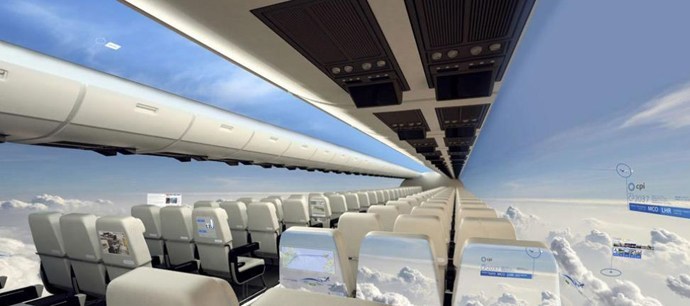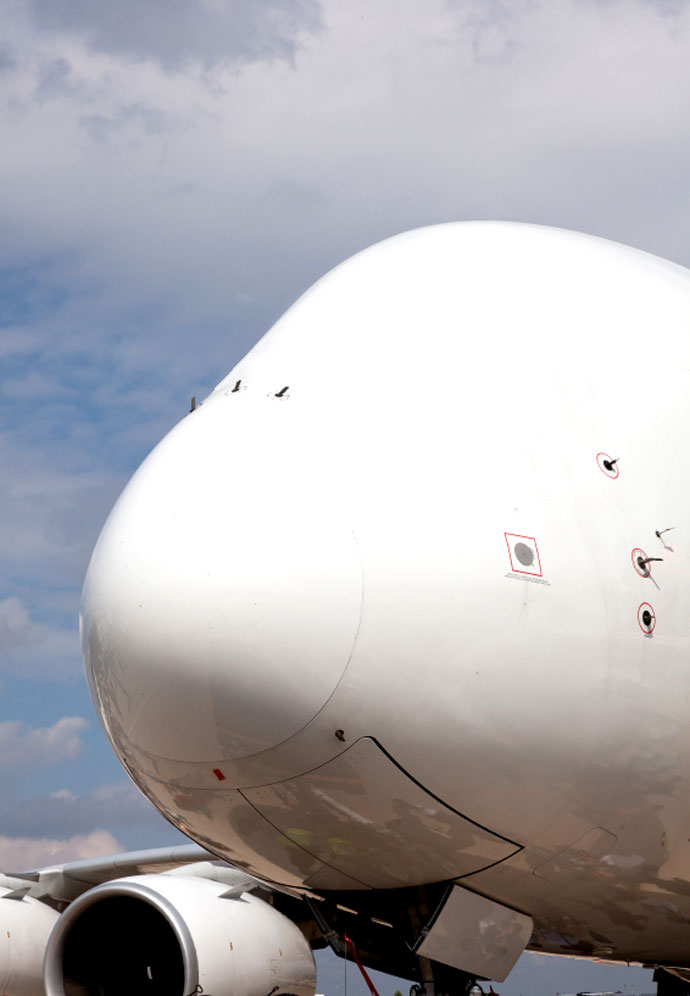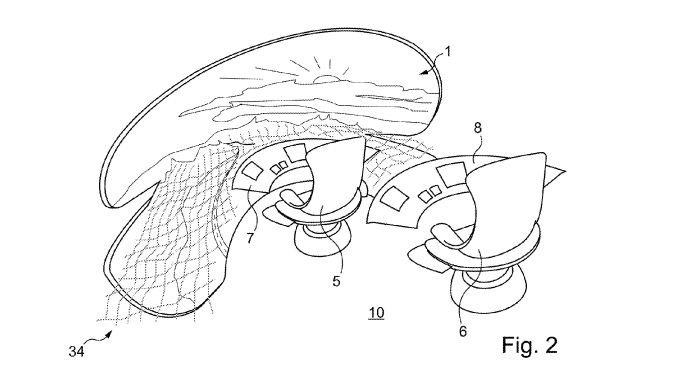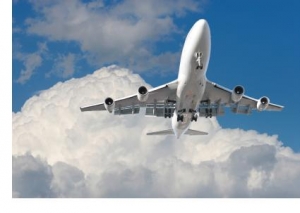Nervous flyers look away now; Every passenger will get a window seat if airliners install transparent fuselages.
A British company is promising to reduce the environmental cost of flying by removing windows from aircraft and replacing them with a panoramic video screen. The technology makes the fuselage of the plane appear invisible to passengers.

Airliners with transparent fuselages
The Centre for Process Innovation believes that by removing windows, the fuselage can be made significantly thinner, thereby reducing weight and improving fuel efficiency:
“Imagine a cabin where the windows are display screens, relaying a choice of views from around the aircraft. If you’re not sitting in a window seat, your large seat-back display becomes your window on the world as well as a source of entertainment. Supplement this with subtle cabin lighting from gently glowing walls and you create a unique travel environment. Screens that are ultra thin, very light and highly flexible are integrated with the fuselage or the seat backs with no unsightly, clumsy or heavy housings.”
Flights of fancy
Such is the scale of air transport – over 3 billion passengers each year – and the associated pollution, that airlines are always looking at ways of improving efficiency. Most ideas, however, are little more than flights of fancy.
Whilst there is little doubt that a windowless aircraft could be lighter and more efficient, there are many reasons why you are unlikely to experience this imaginative idea on your next flight to Spain. Safety reasons aside, imagine nervous flyers confronted with a see-through fuselage at 35,000ft.
The idea of windowless aircraft has been taken one step further by Airbus. Not content with stealing from the Boeing 747 the title of world’s largest airliner, the Airbus 380 of the near future may be revolutionary for entirely new reasons; it’s pilots will no longer use windows.
Pilots already have the option to fly using only their instruments at night and in poor weather, and fully autonomous landings are possible at specially-equipped airports, but the patent applied for recently by Airbus describes a cockpit design that relies on cameras to project a virtual image of the world outside the aircraft. This digital view will have the ability to dramatically increase and enhance the information available to the pilot.
The removal of windows from an aircraft makes it stronger and more aerodynamic and means that the pilot need not be positioned in the aircarft’s nose. The Airbus patent application makes reference to a pilot seated within the tail plane – a massive structure on the A380 that, at its tip, stands over 24 metres from the ground.
Nervous flyers need not worry unduly about the absence of a pilot’s windscreen, for even pilots themselves are now dispensable. Last year, a team of engineers flew a converted airliner 500 miles without the help of a human operator.
The environmental impact of air travel
Just one return flight from London to New York produces a greater carbon footprint than a whole year’s personal allowance needed to keep the climate safe.
Our carbon footprint is the estimated amount of carbon dioxide (CO2) given out as we travel, buy food, heat our homes and enjoy our usual lifestyles.
The average personal footprint in Britain is 9.5t. To get down to a fair share of the world’s total; this must be cut by 87%, leaving 1.2t. On every flight to New York and back, each traveller emits about 1.2t of CO2. If we fly, air travel overshadows all our other impacts.
We need to cut emissions by 90% by 2050, or better still, by 2030.
The Tyndall Centre for Climate Change Research says we need to cut emissions by 90% by 2050 – they believe this can be done, provided that a programme of work is started in the next four years. Others, including the ETA, believe the descent needs to be steeper, to achieve 90% in developed countries by 2030.
To keep the climate safe we need drastic cuts in air travel. Efficiency savings such as more direct flights shave off small fractions but are dwarfed by planned growth.
Surely air travel cannot be this damaging?
On every flight to New York and back, each traveller emits about 1.2t of CO2, using Department for Transport figures. This compares to an average British personal total of 9.5t. To get down to a fair share of the world’s total, this must be cut by 87%, leaving 1.2t. Air travel is really worse than this because it puts out more pollution than just CO2. For example water vapour at high levels forms thin clouds that have a warming effect. We can see trails visibly blanketing the earth. This and other effects mean that air travel has more than twice the warming effect of the carbon dioxide alone. So each flight adds more to climate change than we should be emitting altogether.
What about short-haul flights?
They emit 150g of CO2 per passenger kilometre. A one-way journey from London to Manchester (185 miles) emits:
- Plane – 63.9kg per passenger if the plane is 70% full, and 44.7kg if the plane is completely full.
- Car – based on the average car 19.8kg per person when carrying an average 1.56 people and 7.7kg when carrying a family of four. A fuel-efficient car with an emissions figure of 100g/km produces 11.8kg and 4.6kg respectively.
- Train 5.2kg per passenger if the train is 70% full
- Coach – 4.3kg per passenger if there are 40 people on the coach.
Five return flights to Manchester in a year would create 639kg: the extra climate impacts would more than double this to at least 1.3 tons.
 ETA travel insurance
ETA travel insurance
- ETA travel insurance offers generous cover for medical expenses, baggage, lost passports, personal accident and delayed or cancelled journeys
- Low excess of £50
- We are an Ethical Consumer Best Buy
- We are 100% carbon neutral
- Every policy sold helps fund campaigning for sustainable transport by the ETA Trust
- Our emergency helpline is based in Britain and on call 24/7



harbinger
The technology makes the fuselage of the plane appear invisible to passengers.
That’s one way to stop people flying, make them sick from vertigo….